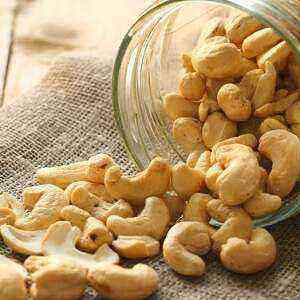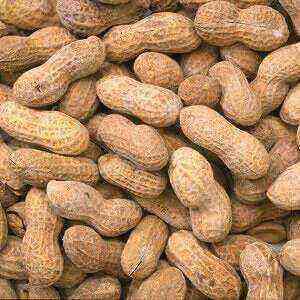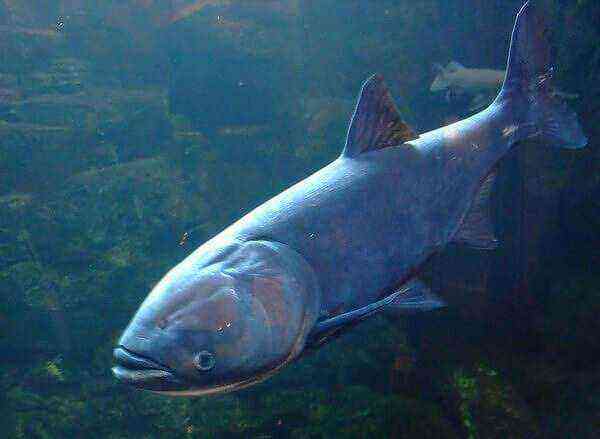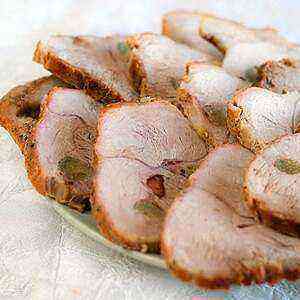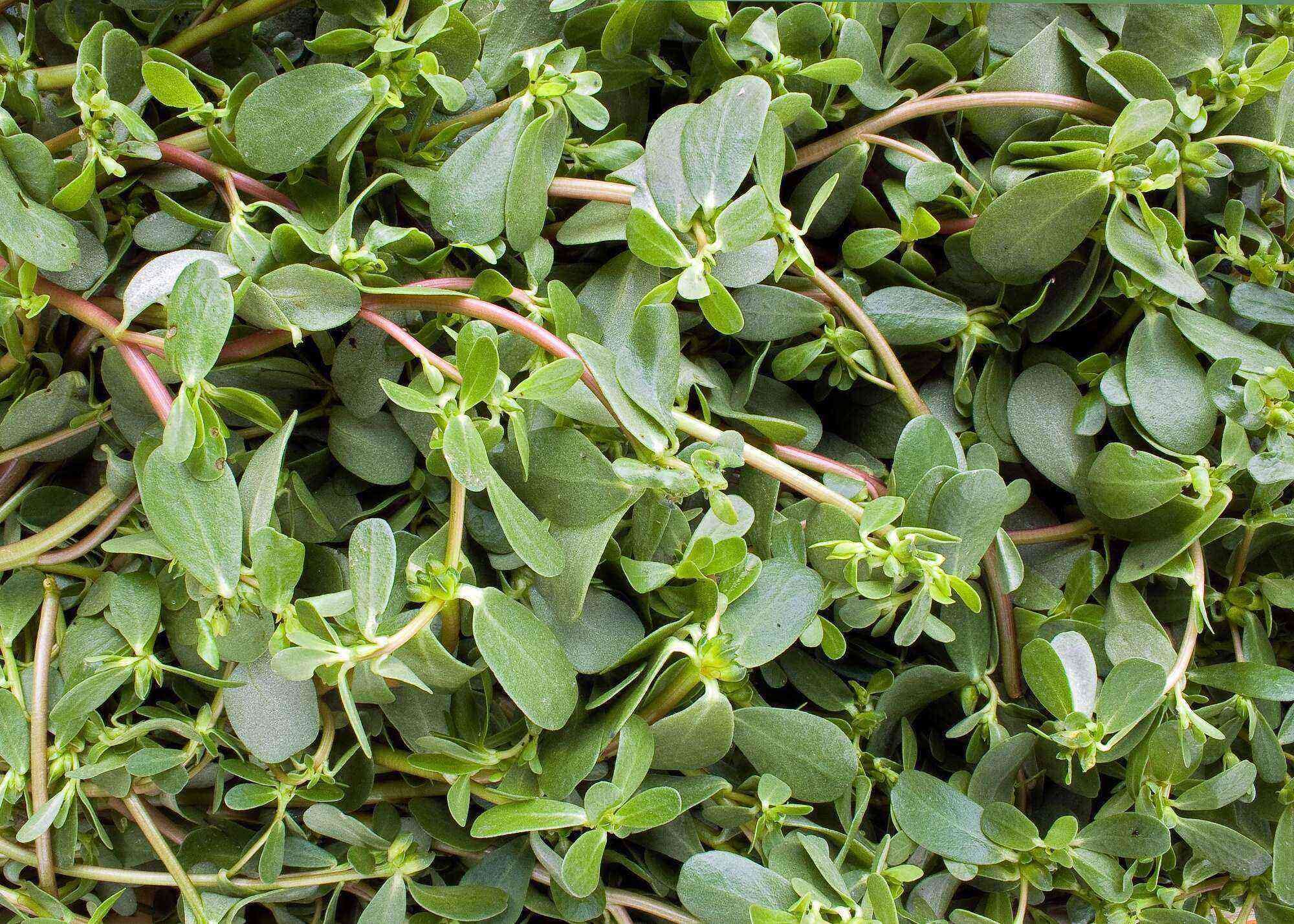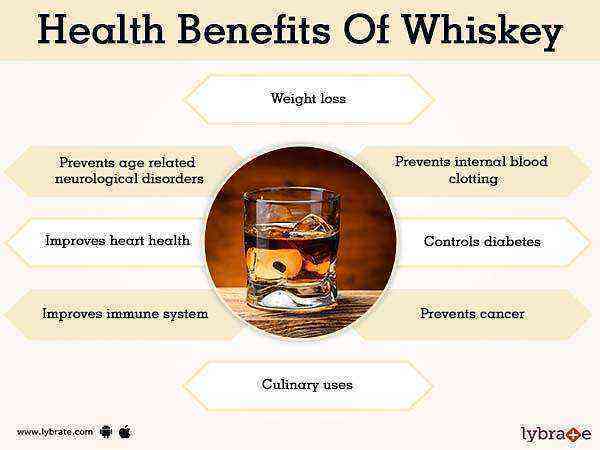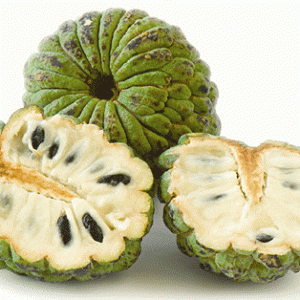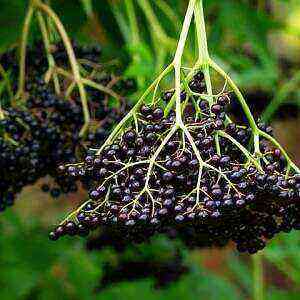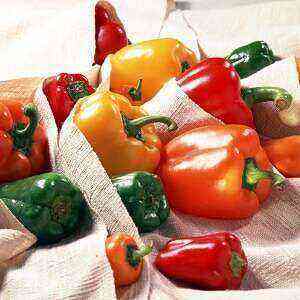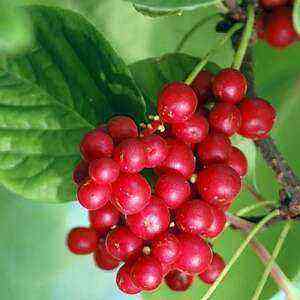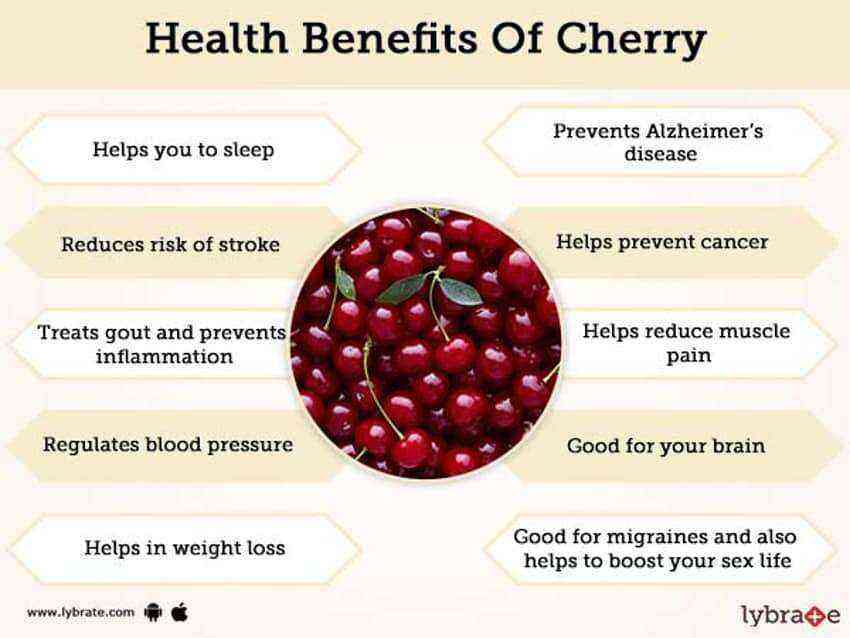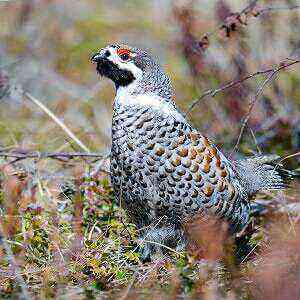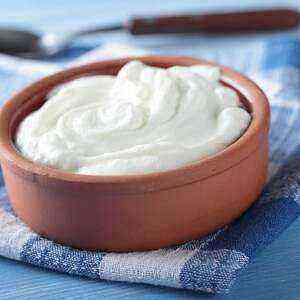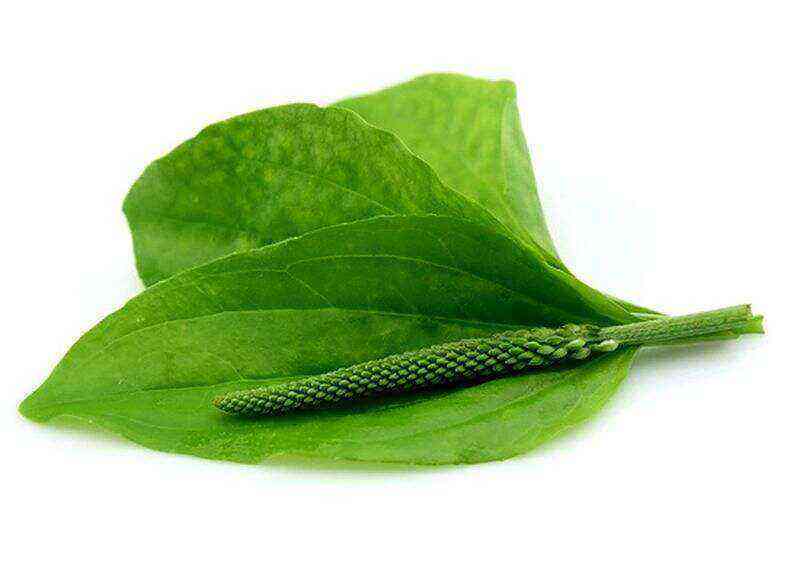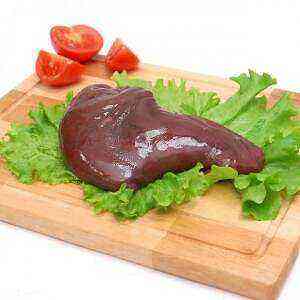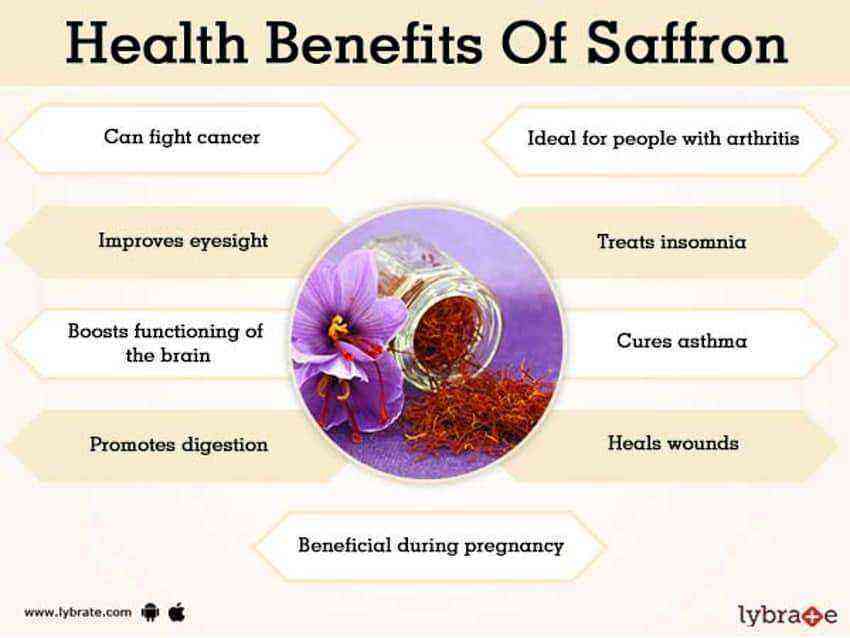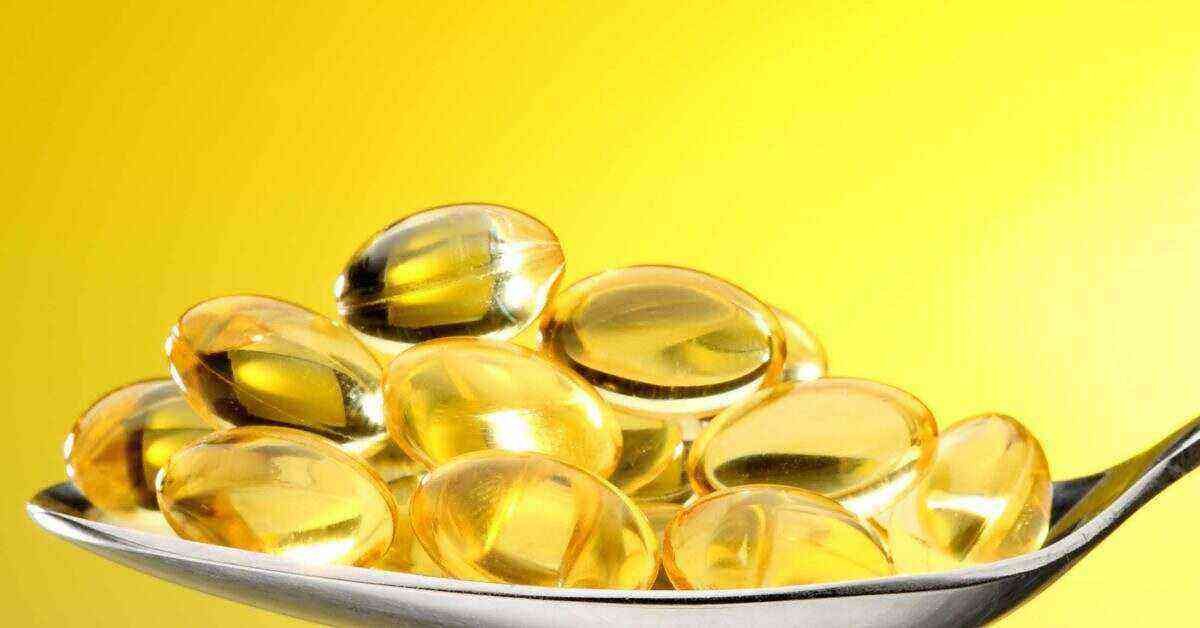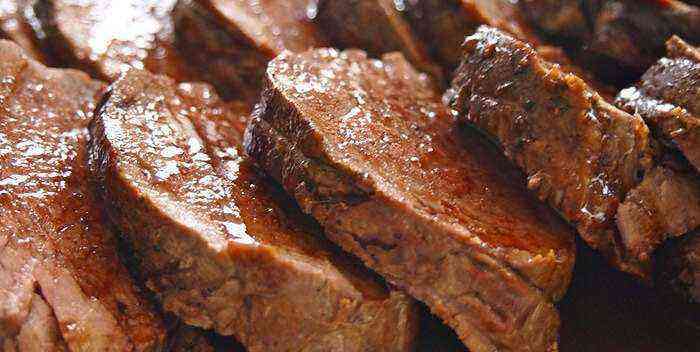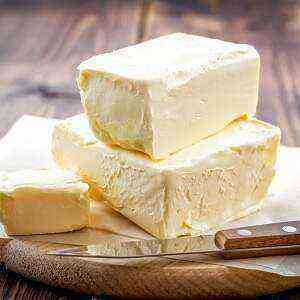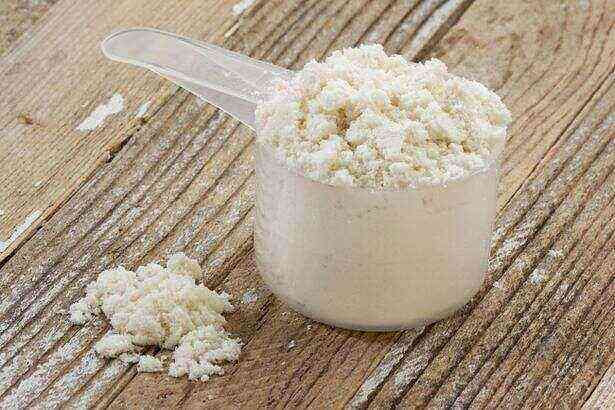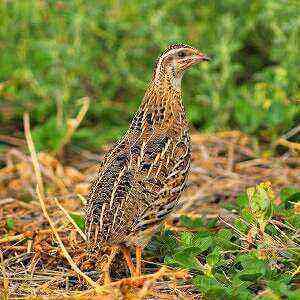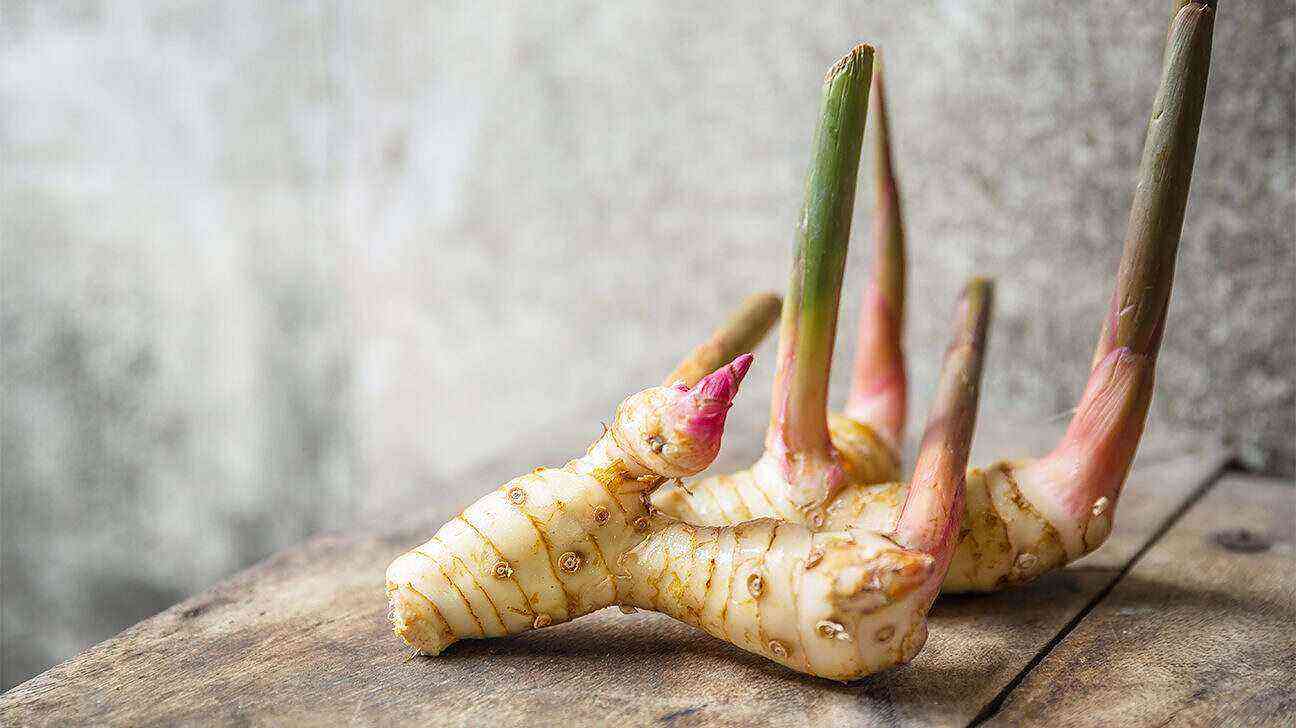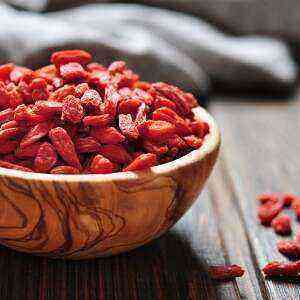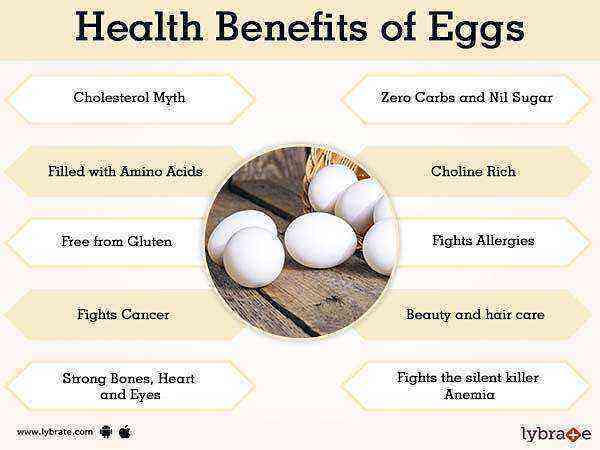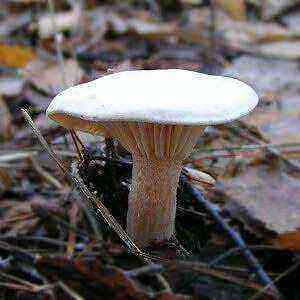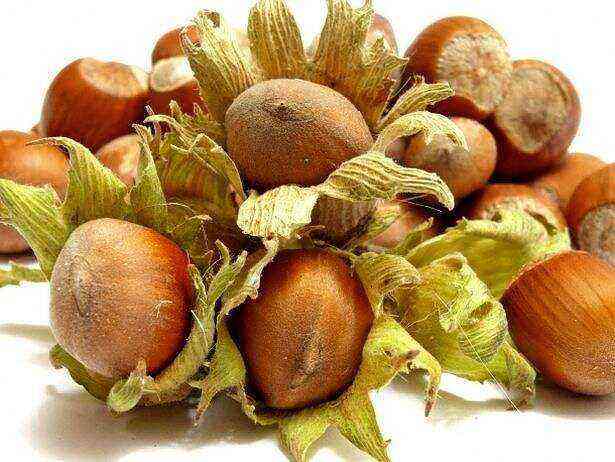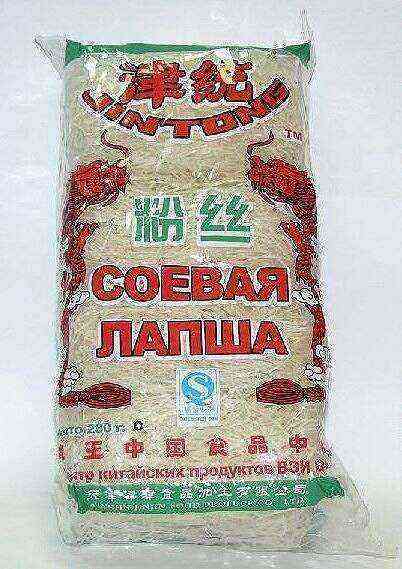 Today, seafood out of the rank of delights and become a supplement to the daily diet. It is not necessary to go to an expensive seafood restaurant to try the real octopus in a creamy sauce with red pepper. Each supermarket sells frozen carcasses or ready-made seafood cocktails. The well of Omega-3 and protein, which is hidden behind unsightly packaging, makes health stronger, mind is lighter, hair is softer, and skin is cleaner.
Today, seafood out of the rank of delights and become a supplement to the daily diet. It is not necessary to go to an expensive seafood restaurant to try the real octopus in a creamy sauce with red pepper. Each supermarket sells frozen carcasses or ready-made seafood cocktails. The well of Omega-3 and protein, which is hidden behind unsightly packaging, makes health stronger, mind is lighter, hair is softer, and skin is cleaner.
General characteristics
Octopuses belong to the genus of cephalopod mollusks. It has a soft, short body that takes on an oval shape. The mouth is located at the junction of the tentacles and resembles the beak of a parrot. This “beak” consists of 2 most powerful jaws, which not only grind food, but also cause fatal injuries. From the head of the mollusk 8 leaves long tentacles, on which are located the suckers. Each tentacle has approximately 2000 suckers. Each of them is able to withstand 100 grams of live weight and helps the octopus explore the area, feel the taste, smell, texture of surfaces and objects.
The average body length is 90 cm, large individuals reach 1,3 m. The life span of octopuses is small – from 1 to 2 years. Some representatives survive to 4’s.
Octopuses occupy tropical and subtropical zones. A prerequisite for proper functioning is a certain level of salt in the water. It should not exceed 30%. Individuals live in cavernous crevices, underwater rocks.
Octopuses are predators by nature. They prey on snails, mollusks, fish and plankton. But, given the colossal power and intelligence (recognized as the most intelligent invertebrate), the octopus may well claim more prey.
Product History
The history of eating octopus dates back to ancient times. The most popular delicacy found in the period of antiquity. Large octopuses were cut into pieces, wiped with herbs, spices, combined with dough and served in the form of a large warm cake.
 In the countries of the Mediterranean octopus for many years kept the palm in cooking. Snacks and uncomplicated seafood – the local favorite food and an indispensable element of the folk culinary culture.
In the countries of the Mediterranean octopus for many years kept the palm in cooking. Snacks and uncomplicated seafood – the local favorite food and an indispensable element of the folk culinary culture.
In Spain, baking octopus tentacles with dough is especially popular. The locals of Barcelona do not represent their life without delicacy. In each store you can find kits of stuffed seafood, which have been heat treated and are ready to eat. They are simply heated and served as a main dish.
In Japan, octopus is preferred to be fried in oil, in Polynesia, dried and then cooked in coconut milk or baked in an earthen oven.
Today, no one will be surprised by an octopus meat sandwich. Genuine delight cause new ways of cooking. Modern cooking is engaged in unusual combinations, cooking sweet octopus, searching for the perfect sauce for a delicacy. And each of us can make a contribution to the history of culinary searches.
Vitamin content (in milligrams based on 100 grams of product)
Choline (B4) 65 Nicotinic acid (PP) 2,1 Phylloquinone (K) 0,0001 Tocopherol (E) 1,2 Ascorbic acid (C) 5 Cyanocobalamin (B12) 0,02 Pyridoxine (B6) 0,36 Pantothenic acid ( B5) 0,5 Riboflavin (B2) 0,04 Thiamine (B1) 0,03 Retinol (A) 0,045 Cobalamin (B12) 0,02 Folic acid (B9) 0,016
Useful properties of the product
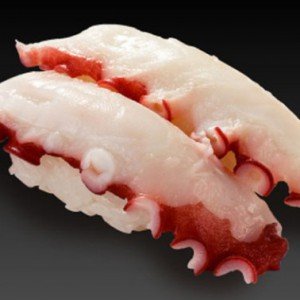 Octopus meat is a valuable food product. Useful elements that make up the composition, much easier and faster absorbed by the human body, rather than, for example, substances from beef meat. Due to the high protein content and a minimum of carbohydrates, seafood is used as an integral part of a healthy diet.
Octopus meat is a valuable food product. Useful elements that make up the composition, much easier and faster absorbed by the human body, rather than, for example, substances from beef meat. Due to the high protein content and a minimum of carbohydrates, seafood is used as an integral part of a healthy diet.
In addition, octopus meat will be able to cover the daily rate of Omega-3. The choice between nasty fish oil and a delicious delicacy is obvious. It is better to eat a small amount of seafood than to stuff yourself with a smelling smelling smell. The effect (beautiful skin, nails and hair, improved memory, digestion, etc.) is the same, but the process is completely different.
Octopus – the record for the presence of copper. Copper is involved in all metabolic processes of the body, supplies cells with oxygen, promotes the formation of hemoglobin and red blood cells, helps to digest proteins, carbohydrates, affects the activity of insulin, increases the protective function of the immune system.
The useful properties of the octopus include:
- normalization of the cardiovascular system;
- improving the functionality of the gastrointestinal tract;
- positive effect on the organs of vision;
- improvement of the brain;
- cosmetic effect (improvement of hair, nails and skin);
- slowing the aging process;
- rapid increase in muscle mass;
- weight loss due to the removal of fat and water;
- prevention of atherosclerosis;
- normalization of blood pressure;
- memory improvement;
- protection against depression and nervous overstrain;
- prevention of cancer pathologies;
- stimulation of brain activity.
Use in cooking
 Octopus masterpieces are an affordable treat that does not require special cooking skills. Professional chefs use only fresh seafood.
Octopus masterpieces are an affordable treat that does not require special cooking skills. Professional chefs use only fresh seafood.
If you are cooking fresh octopus meat, then do not forget to remove the ink bag.
If it is not possible to purchase a fresh carcass, then the best option is a fresh-frozen octopus. The carcass is already cleared of blood, eyes, beak and fully prepared for culinary experiments.
The carcass must be properly thawed so that the product does not lose its nutritional value and special taste. The defrosting process should not be fast (this is how the useful properties of the product are lost). Leave the octopus in the fridge for a few hours (preferably overnight). The carcass will begin to thaw out gradually and after 5-8 hours (depending on size) it will become usable.
The cooking process is extremely simple. All parts of the body (carcass and tentacles) are used in cooking, so the octopus can be called a non-waste product. If you purchased baby octopuses (small size), then cook them whole. If the octopus does not fit in any container in your house, then carefully strip it.
Tip: to easily clean and divide the carcass, you need to place the octopus on 1-2 minutes in hot water.
The carcass needs to boil 3 minutes, and the tentacles 7 minutes. This is where the primary processing of the product ends. Boiled body parts can be used for roasting, stewing, grilling or steaming. Octopus is used for kebabs, salads, appetizers, main courses. Variety is limited only by your imagination, the necessary equipment and culinary skills.
Seafood Pasta Recipe with Red Pepper
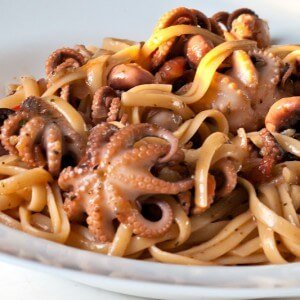 We need:
We need:
- durum wheat pasta – 500 g;
- seafood – 1 kg;
- olive oil – 5 tablespoons;
- Garlic – 3 cloves;
- paprika – 1 pcs;
- Tomatoes – 5 pcs;
- salt and ground black pepper to taste.
Preparation
Boil the pasta to the state of al dente (the paste is not cooked completely, slightly hard). Use a deep cast iron skillet, heat the olive oil, turn down the heat and fry the garlic with red chilli. Increase the heat (when a light golden crust appears on garlic) and add seafood to the pan. Olive oil should completely cover the ingredients. Stir well, reduce heat again and let the mass simmer for 3-5 minutes. Finely chop the tomatoes, add to the pan. The resulting mixture can be salt and pepper to taste. Bring the ingredients to the boil in a frying pan, then set the minimum indicator of fire and leave the contents to 10 minutes. Tomatoes must be turned into a delicate tomato paste, which completely covers the seafood and reveals their special taste. Add the pasta to the pan (after folding in a colander), mix well and remove from the heat in 2-3 minutes.
Octopus and Potato Salad Recipe
 We need:
We need:
- octopus – 400 g;
- lettuce leaves – 200 g;
- red beans (boiled or canned) – 150 g;
- red onions – 100 g;
- red wine vinegar – 2 tablespoons;
- soy sauce – 1 tablespoon;
- potatoes – 150 g;
- rye bread croutons – 50 g.
Preparation
Wash the lettuce, cut into large pieces. Boil the beans (or buy canned) and send to the salad. Boil the octopus until tender with your favorite spices, cut into cubes with a diameter of up to 2-x. Cut onion into rings. Combine all the ingredients in a deep bowl, season with sauces. Mix thoroughly and serve.
How to choose an octopus
Seafood will bring tangible benefits only if it is properly selected and cooked. What to look for when buying an octopus:
- Colour. May be patchy. The color of the carcass and tentacles may differ dramatically, but such manifestations are considered the norm. The most common shades are pinkish or lilac gray;
- eyeballs. When buying a whole octopus you need to pay attention to his eyes. The eyeball must be clean, transparent, without bruises and mucus;
- skin texture. The skin of an octopus can have a non-uniform color, but the presence of spots is completely unacceptable. Dark spots indicate certain health problems of the mollusk, improper storage or transportation;
- skin condition. It should not be tears and cuts. The skin should be strong, and when pressed quickly return to its original state. Too thick or thin skin indicates frequent freezing of the product;
- the size. The smaller the octopus, the more tender and juicy the meat;
- purity. Peel must be absolutely clean and shiny;
- tentacle. The outer side of the tentacles is always darker than the inner one;
- storage conditions. The package should not be a large amount of snow and ice. This indicates a re-freeze, and seafood can not be frozen more than 1 times;
- surface specificity. It should be wet, shiny and smooth. Dry surface indicates a violation of the term and storage conditions;
- date of manufacture and quality mark. Ask the seller or check the appropriate mark on the package with the goods. Be sure to ask the seller documents from the sanitary epidemiological station. Infections and parasites found in seafood can lead to irreversible deterioration of health.
Contraindications
Octopus, like other seafood, is contraindicated in case of individual intolerance. It manifests itself in:
- the formation of rash and purulent formations on the skin;
- nausea / vomiting;
- deterioration of the general condition of the body, which is comparable to intoxication;
- exacerbation of diseases or hidden pathologies.
There is a risk of poisoning or entry into the body of parasites if the meat was of poor quality or improperly cooked. Responsibly refer to the choice of supplier and manufacturer of seafood. Consider the country of origin, the level of pollution of the territories where the octopus lived and so on. The most serious threat hidden inside the tasty seafood is mercury compounds. If the number of hazardous compounds is exceeded, the use of delicacy can be fatal. Check the certificates of the supplier, the conclusion of the sanitary and epidemiological station and the quality mark on the goods.
Such precautions should be applied to all products that are classified as seafood. Failure to comply with them leads to irreversible health effects. Mercury compounds can affect the organs of sight, hearing, central and nervous systems. Take care of the safety and quality of consumed products.
